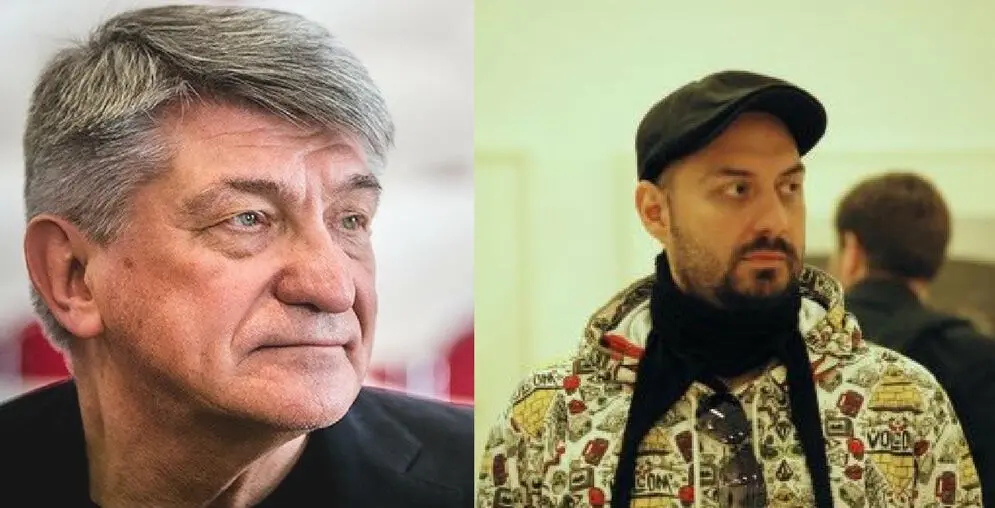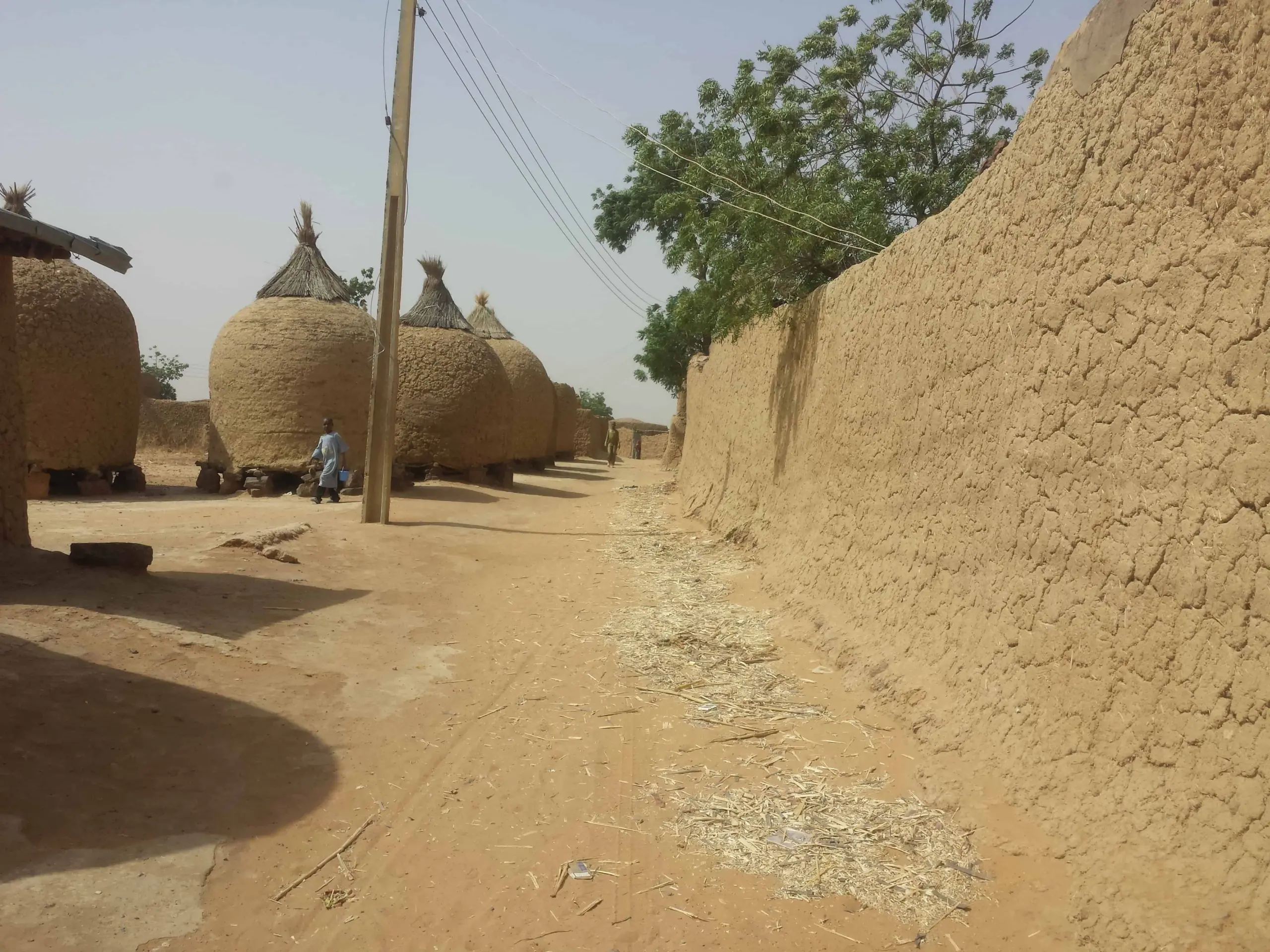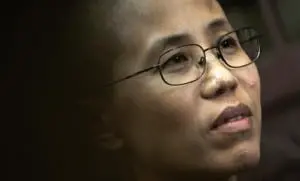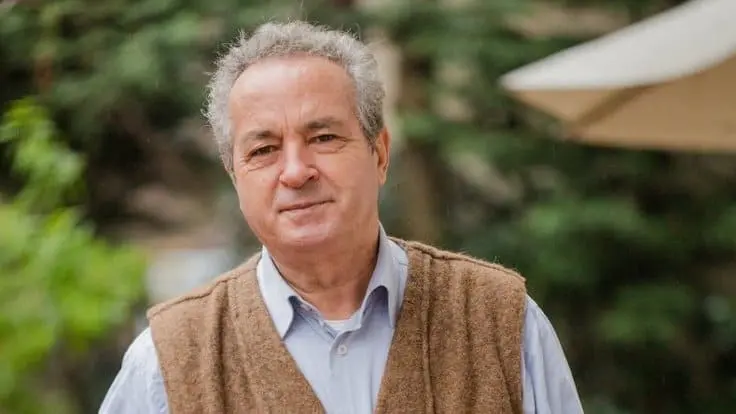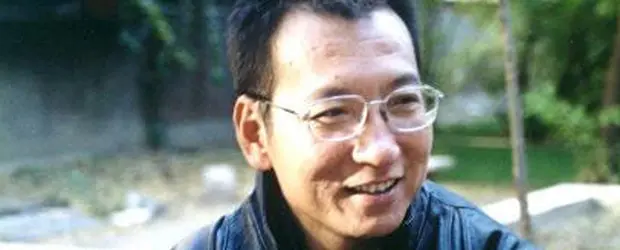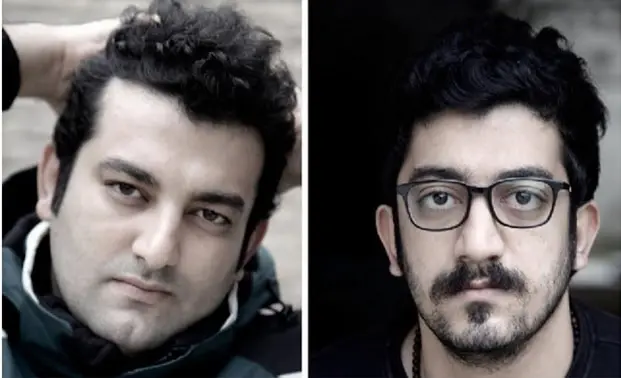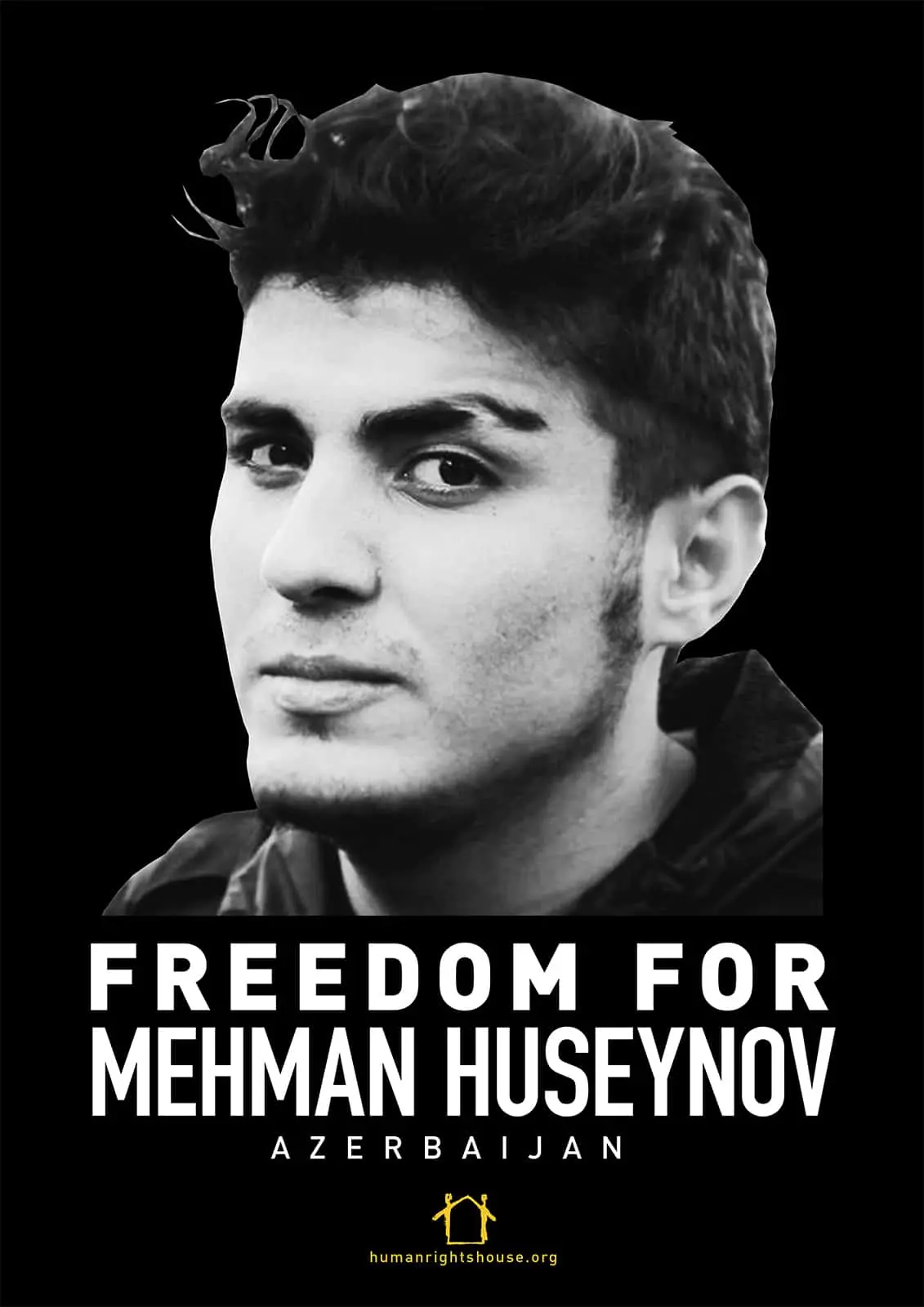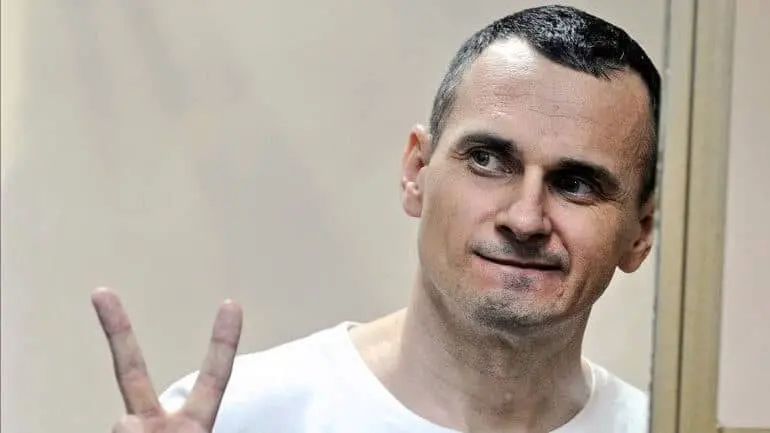Javier Duarte de Ochoa, the notoriously corrupt ex-governor of the Mexican state of Veracruz, was extradited in July from Guatemala to Mexico after six months on the run. During his tenure, Duarte allegedly redirected tens of millions of dollars set aside for social programs to phantom companies serving as his personal bank accounts. He is currently facing trial on charges of money laundering and involvement with organized crime.
Duarte’s misdeeds did not go unnoticed. Courageous journalists in Veracruz took the risk of reporting on corruption at not only the highest levels of the state government but also down to the lowliest municipal officials. Without their work, Javier Duarte would never have faced the wave of scandals that forced the Mexican federal government, dominated by his own political party, to pursue a case against him.
Tragically, a number of those journalists were murdered. In January 2015 José Moisés Sánchez Cerezo, a journalist in eastern Veracruz, was kidnapped and found decapitated and dismembered for his reporting on local crime. Rubén Espinosa, a photographer covering politics and human rights issues, fled to Mexico City after receiving repeated death threats for his work in Veracruz—but self-imposed exile was not enough to save him, and he was shot to death along with four others in a Mexico City apartment on July 31, 2015. These are only two of at least 15 journalists who were killed or disappeared in Veracruz during Duarte’s time as governor. In August 2015, PEN America published an open letter, signed by over 700 writers and cultural figures, calling on President Nieto to investigate these murders and establish mechanisms to protect journalists’ lives.
Javier Duarte has not thus far been directly implicated in these murders, and violence against journalists existed in the state long before his tenure because of Veracruz’s position along key drug-smuggling routes. However, Duarte created an environment where would-be murderers in government, narcotrafficking, or the corrupt intersection between both could trust that the state would look the other way when a critical journalist was assassinated. Duarte routinely accused journalists of being in league with organized crime and minimized the relationship between a journalist’s work and their murder.
That the once untouchable Javier Duarte is now behind bars offers a small glimmer of hope that the hard-fought struggle against impunity in Mexico, led by civil society organizations and government reformers, is gaining ground and that these murdered journalists did not sacrifice themselves to no avail.
Nevertheless, Duarte’s arrest does not necessarily signal a sea change for press freedom and corruption in Mexico. According to The New York Times, “At least three other former Mexican state governors are missing, and more than a half-dozen are under investigation or fighting prosecution on corruption charges.” It remains to be seen if Duarte will be joined in prison by other state officials who created similarly hostile environments for journalists.
Furthermore, even if government corruption is curtailed, that does not mean that the killings of journalists will end anytime soon. In March 2017, Ricardo Monlui was the first journalist to be assassinated in Veracruz since Duarte’s resignation. And on August 22, reporter Cándido Ríos Vázquez was murdered, despite being under the protection of the Veracruz State Commission for the Protection of Journalists.
In 2012, in response to mounting pressure over the increasing homicide rate against journalists and human rights activists, the Mexican government unveiled the Federal Mechanism for Protecting Human Rights Defenders and Journalists, which includes “equipping journalists with surveillance cameras, police escorts, patrols, and portable panic buttons that notify authorities in the event of an attack.” This mechanism, as in the case of Cándido Ríos Vázquez, has been duplicated at the state level. And just as with the murder of Ríos, it has proven insufficient to stop the widespread murder of journalists.
This is because police protection and security equipment is of little value when the overall systemic factor of impunity remains unaddressed. The Special Prosecutor’s Office for Crimes Against Freedom of Expression (FEADLE), created in 2006 to address crimes against journalists, is chronically underfunded and understaffed. According to a report by Reporters Without Borders, “When [FEADLE] finally prepares cases and takes them to court, they are only too often rejected by the judge on the grounds of being legally flawed.”
The Mexican government has created structures that make it appear as if it is taking the protections of journalists seriously, but it denies these structures the funding necessary to be truly effective. This is not only a disservice to Mexican journalists, but also to the many government officials and attorneys involved in the Federal Mechanism and FEADLE who are genuinely committed to human rights and freedom of speech.
As Mexico prepares for its general election in 2018, global civil society and the international community should emphasize that Mexico’s new leadership must pursue an end to the climate of impunity that has enabled the persecution and murder of journalists. This is an arduous and dangerous task, but in the words of Moisés Sánchez: “Living in fear is not an option.”
